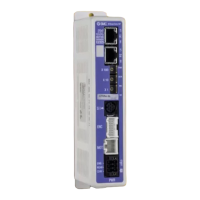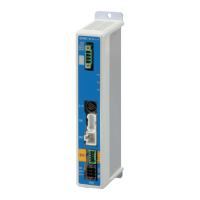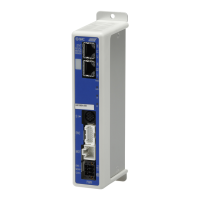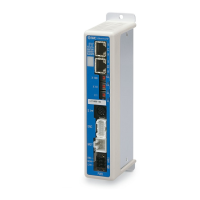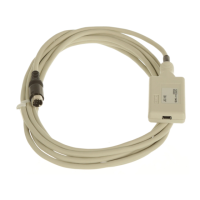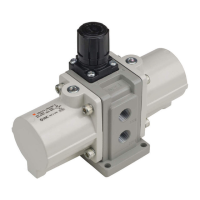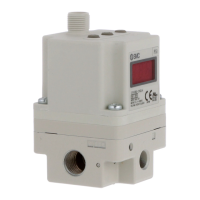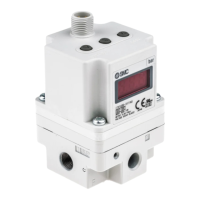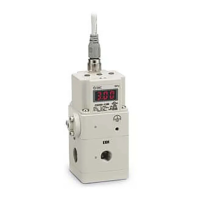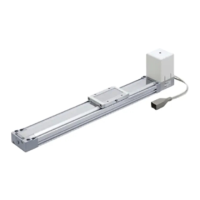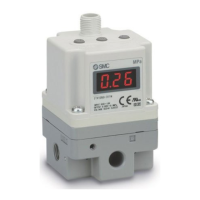- 69 -
No.JXC※-OMX0011-A
15.4 Wiring
Warning
(1) Do not apply any excessive force to cables by repeated bending, tensioning or placing a
heavy object on the cables.
It may cause an electric shock, fire, or breaking of wire.
(2) Connect wires and cables correctly.
Incorrect wiring could break he controller or its peripheral devices depending on the seriousness.
(3) Do not connect wires while the power is supplied.
It can break the controller or its peripheral devices could be damaged to cause a malfunction.
(4) Do not carry this product by holding its cables.
It may cause an injury or damage to the product.
(5) Do not connect power cable or high-voltage cable in the same wiring route as the unit.
The wires to the controller or its peripheral devices can be interrupted with noise or induced surge
voltage from power lines or high-voltage lines and malfunction could be caused.
Separate the wiring of the controller and its peripheral device from that of power line and high
voltage line.
(6) Verify the insulation of wiring.
Insulation failure (interference with other circuit, poor insulation between terminals and etc.) could
introduce excessive voltage or current to the controller or its peripheral devices and damage them.
15.5 Power supply
Warning
(1) Use a power supply that has low noise between lines and between power and ground.
In cases where noise is high, an isolation transformer should be used.
(2) The power supplys should be separated between the controller power and the I/O signal
power and both of them do not use the power supply of "inrush current restraining type".
If the power supply is "inrush current restraining type", a voltage drop may be caused during the
acceleration of the electric actuator.
(3) To prevent surges from lightning, an appropriate measure should be taken. Ground the
surge absorber for lightning separately from the grounding of the controller and its
peripheral devices.
15.6 Ground
Warning
(1) Be sure to ground to ensure noise immunity of the controller.
It may cause electric shock or fire.
(2) Grounding should be dedicated ground.
Ground construction is Class D grounding. (Ground resistance 100 Ω or less)
(3) Grounding should be performed near the unit as much as possible to shorten the grounding
distance.
(4) Make the grounding as close as possible to the controller or peripheral equipment and
shorten the distance to ground.
